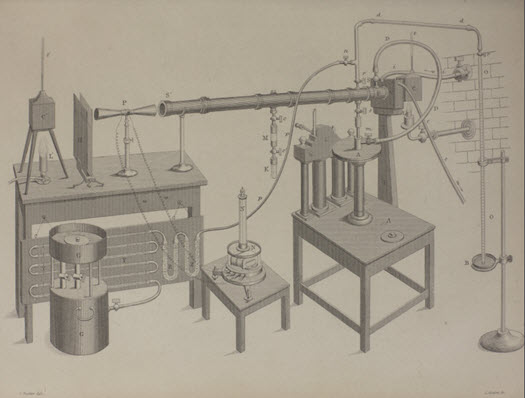
In 1853, Carlow-born scientist John Tyndall was appointed Professor of Natural Philosophy at the Royal Institution in London, where he worked under the guidance of Michael Faraday.
French scientists Joseph Fourier (1820) and Claude Pouillet (1838) had proposed that different gases absorb different types of radiant heat (Hulme, 2009). Tyndall conducted a series of experiments to test these theories, and in May 1859 he was able to prove that Fourier and Pouillet had been correct.

In 1861 he published his findings in a paper entitled On the Absorption and Radiation of Heat by Gases and Vapours, and on the Physical Connexion of Radiation, Absorption, and Conduction.
Tyndall’s research demonstrated that the gases (which we now refer to as greenhouse gases) played an important role in maintaining the earth’s temperature. University College Cork’s Tyndall National Institute was named after John Tyndall.

